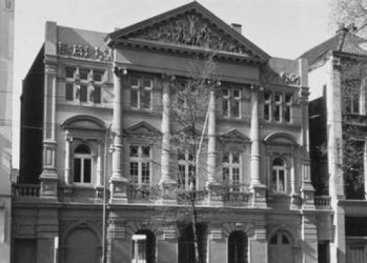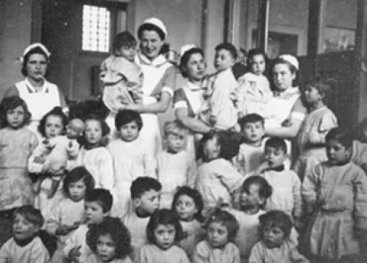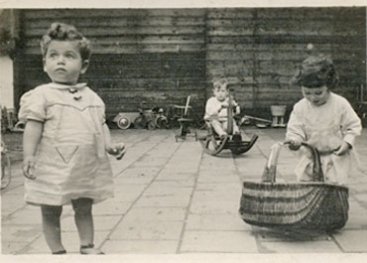
Resistance groups
The children who were saved from the day care centre were taken to homes where they could go into hiding. It was often young people who did the dangerous job. They searched the entire country for people who were willing to take in Jewish children.
Four groups
There were four different groups involved in this resistance work. Each group had its own addresses, mainly in the provinces of Friesland and Limburg. As many of the blond children as possible were sent to Friesland, while those with dark hair were sent to Limburg, where they would be least noticeable. These four groups saved more than 400 children. More than 100 children were rescued from the day care centre by others.
The Utrecht Children’s Committee and the Amsterdam Student Group
In the summer of 1942, Utrecht-based students Jan Meulenbelt and Rut Matthijsen set up an organisation to help Jewish children go into hiding: The Utrecht Children’s Committee (Utrechts Kindercomité). They looked for safe hiding places through their circle of friends and acquaintances in Utrecht. The children were from Amsterdam, because that's where most Jews lived. One friend of Jan Meulenbelt’s, Jur Haak, was a student in Amsterdam. He involved his sister Tineke and his fellow students Piet Meerburg and Wouter van Zeytveld in the plan. This foursome formed the core of the Amsterdam Student Group (Amsterdamse Studentengroep). Law student Gisela Söhnlein was the contact between the two groups. She kept the supply of children from Amsterdam in line with the number of hiding places the Utrecht group could find.
Children rescued from the day care centre: around 150.
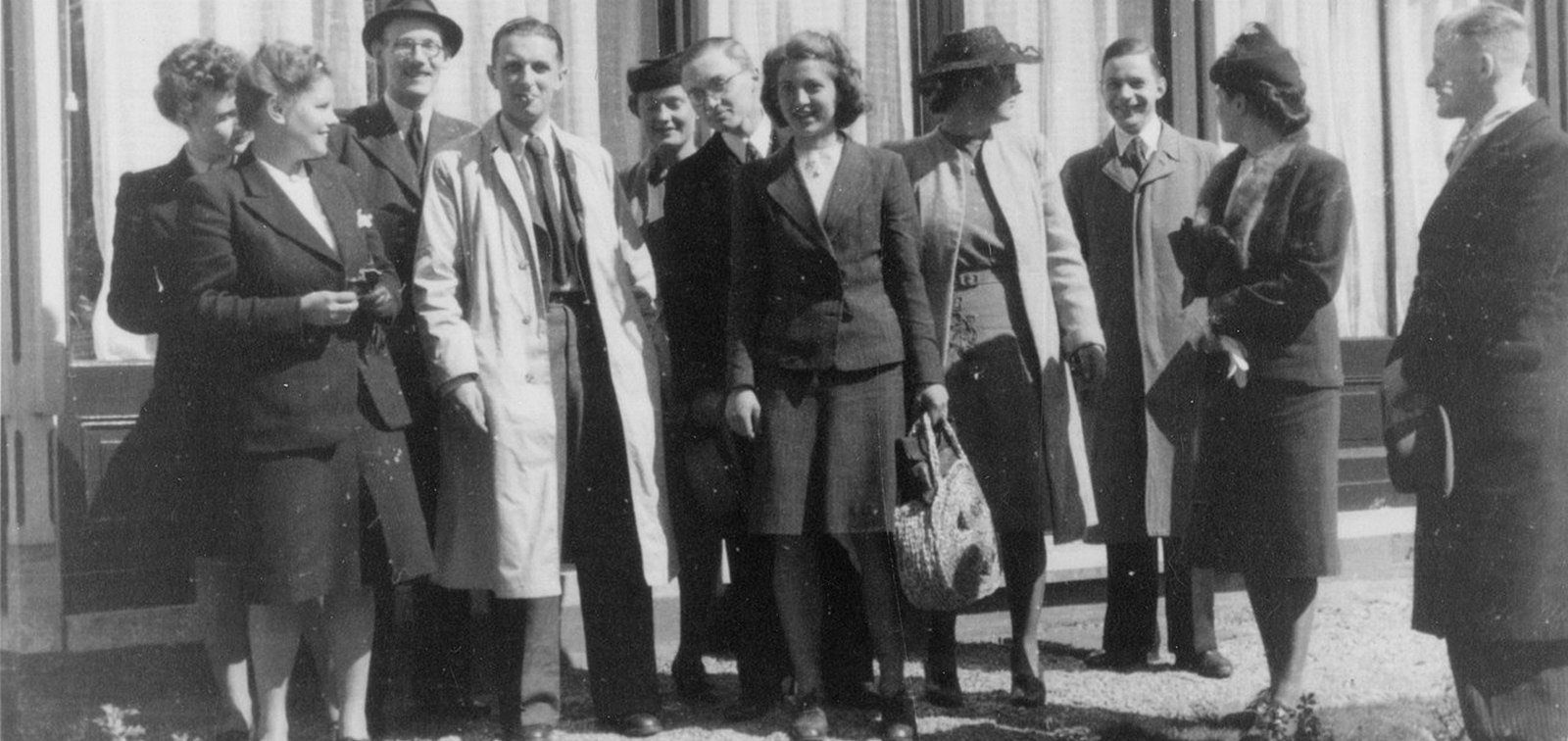
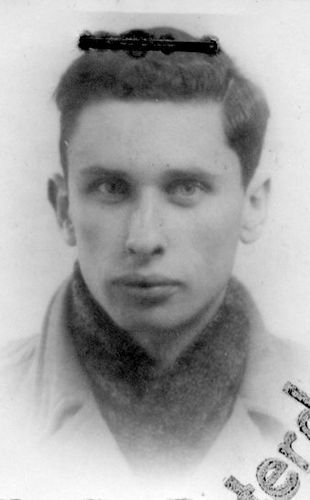 ‘Those parents faced terrible dilemmas. We were certain they would go to the extermination camps, while they thought they were going to labour camps. They wanted to keep their families together. Sometimes we so wanted to convince them. But we had one guiding principle: only the parents themselves can decide.’
‘Those parents faced terrible dilemmas. We were certain they would go to the extermination camps, while they thought they were going to labour camps. They wanted to keep their families together. Sometimes we so wanted to convince them. But we had one guiding principle: only the parents themselves can decide.’
Piet Meerburg, leader of the Amsterdam Student Group
‘We had codes: U meant urgent, UU very urgent and UUUUUUUU extremely urgent children. It was like an exchange.’’
Gisela Söhnlein, contact person between the Utrecht and Amsterdam students groups
The NV group
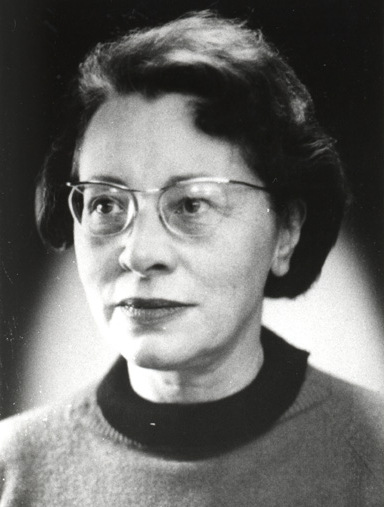
Thirty-year old Jaap Musch in Amsterdam wanted to help Jewish children on the basis of his Reformed religious beliefs. He convinced his brother Gerard and his friend Dick Groenewegen van Wijk to help. The three men called themselves the NV, Naamloze Vennootschap, or Anonymous Association. The NV men came into contact with the resistance workers Joop and Semmy Woortman. Joop Woortman was an Amsterdam taxi driver with a large circle of friends and acquaintances. In January 1943, Woortman came into contact with Walter Süskind. That is how the NV group found the day care centre.
Children saved from the day care centre: around 160
The Trouw group
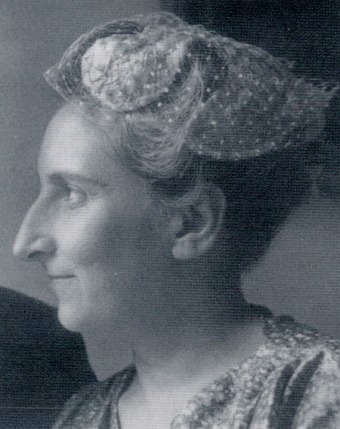
Hester van Lennep ran a skin care institute on Keizersgracht. She arranged hiding places for the children of her Jewish clients. When her friend Sándor Baracs – a Hungarian Jew in hiding – made contact with Walter Süskind, she also started looking for hiding places for children from the day care centre. In May 1943, the strictly Reformed Gesina van der Molen got involved in their work. Through her, they gained access to the extensive network around the illegal newspaper Trouw.
Children rescued from the day care centre: around 75
